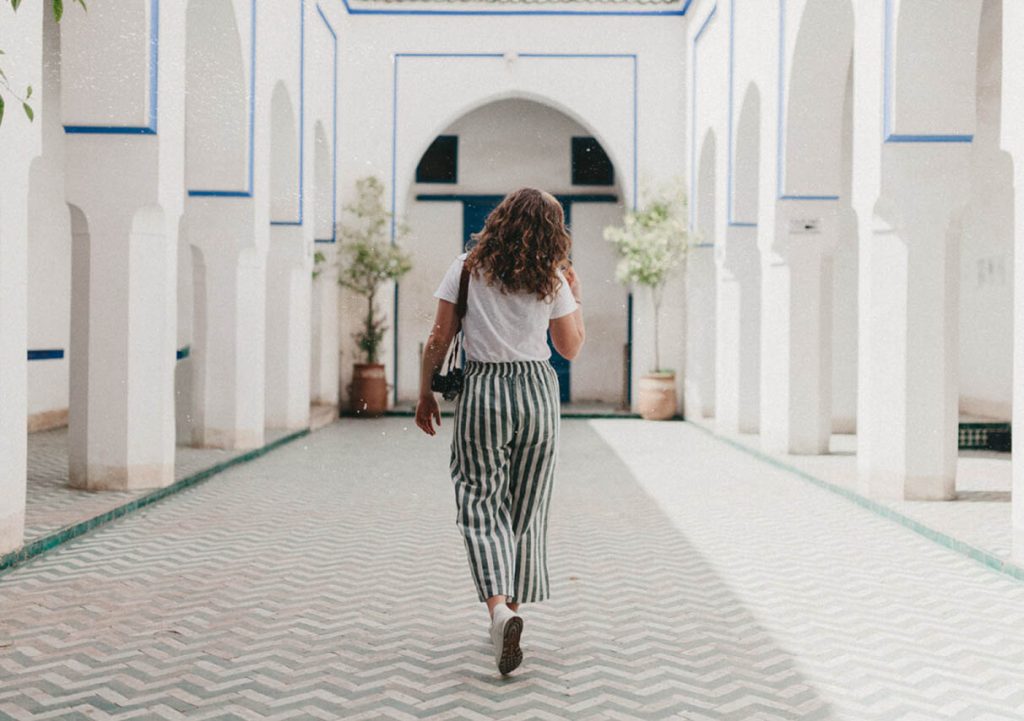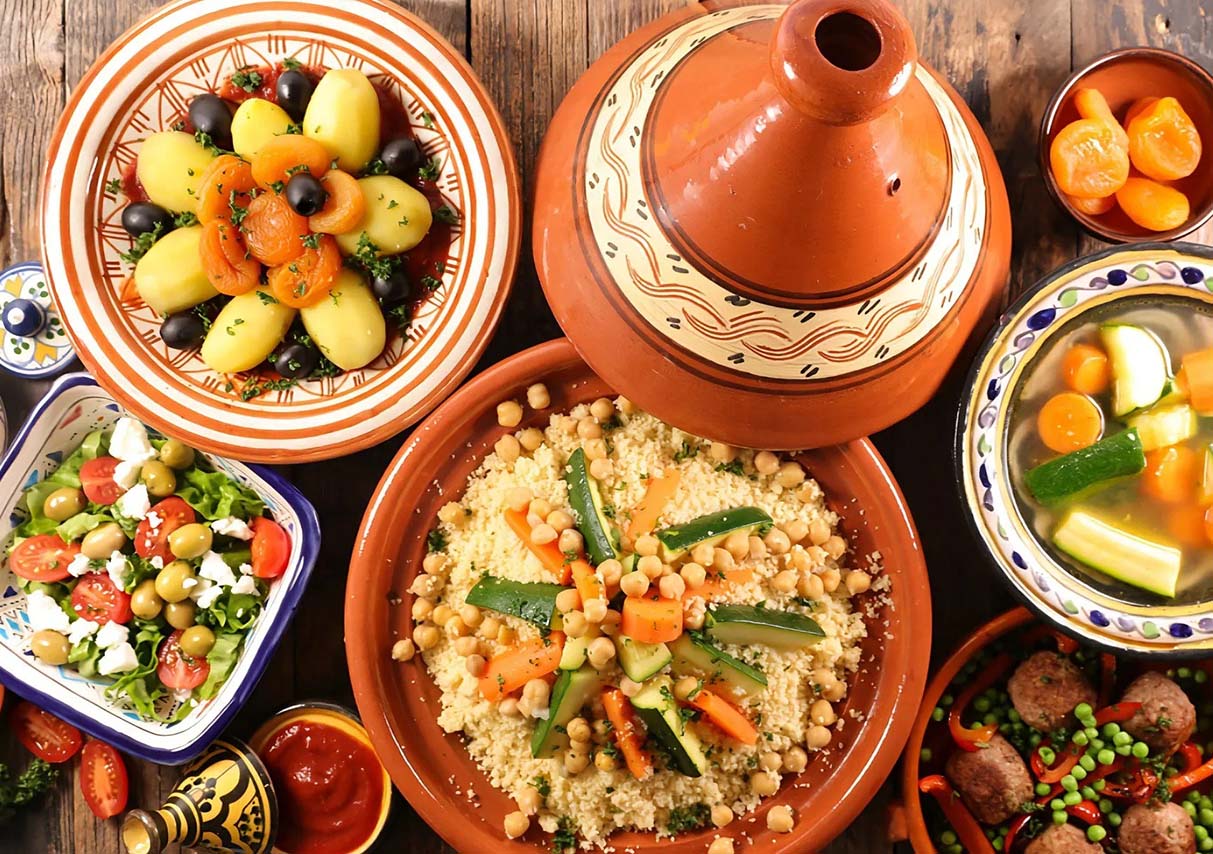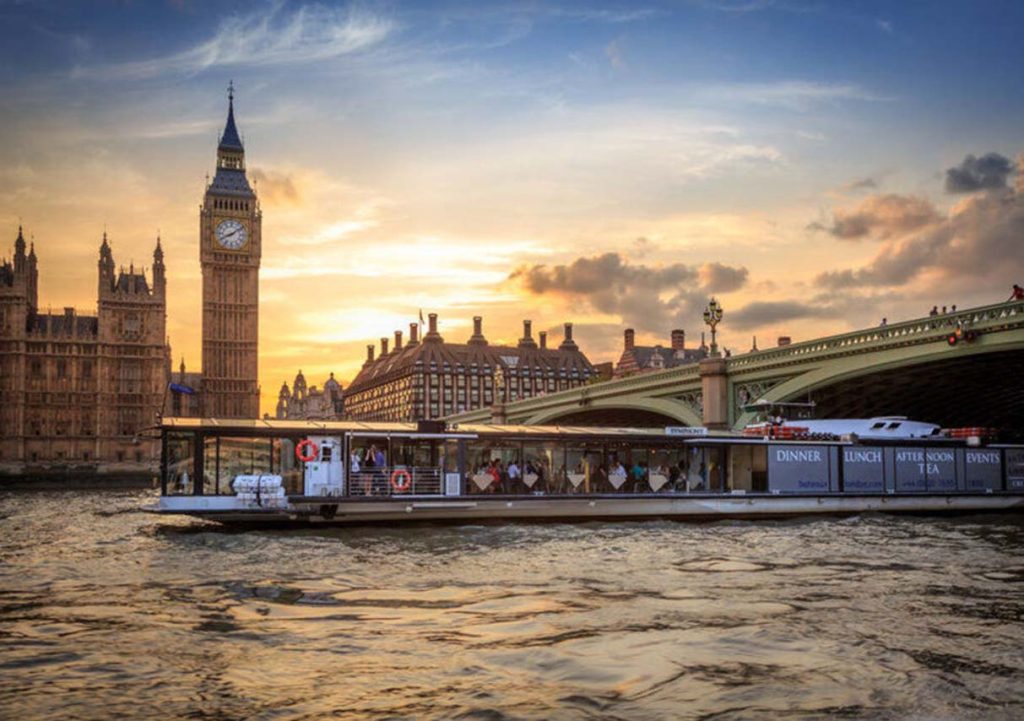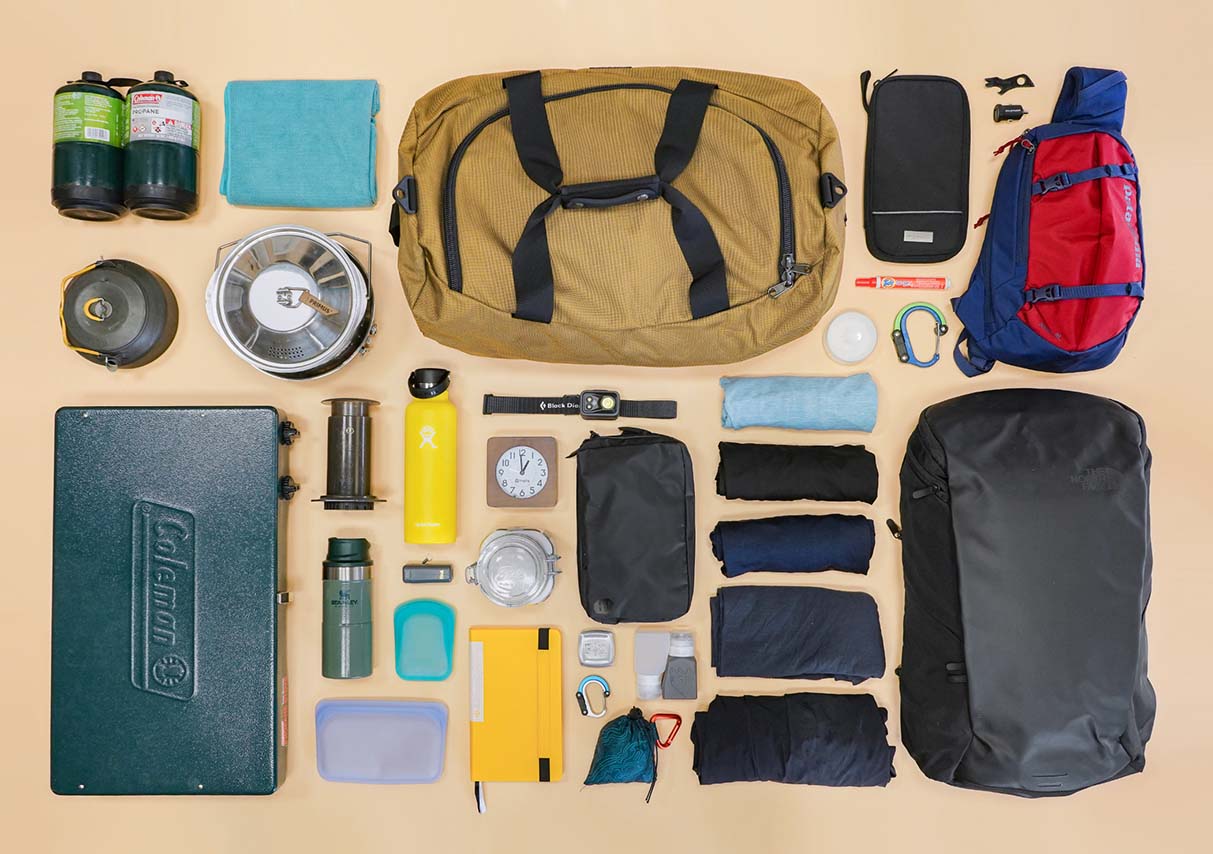Immerse yourself in the allure of Morocco, a gem of North Africa that enchants travelers with its vibrant medinas, fragrant spice markets, sun-drenched beaches, and vast desert expanses. Dressing appropriately is more than a matter of fashion, especially in a country as rich in tradition and culture as Morocco. Not only does it show respect for the local customs, but it also contributes to a more enriching travel experience, encouraging positive interactions with the locals.
Respect the Local Culture: Dressing for Respect and Comfort
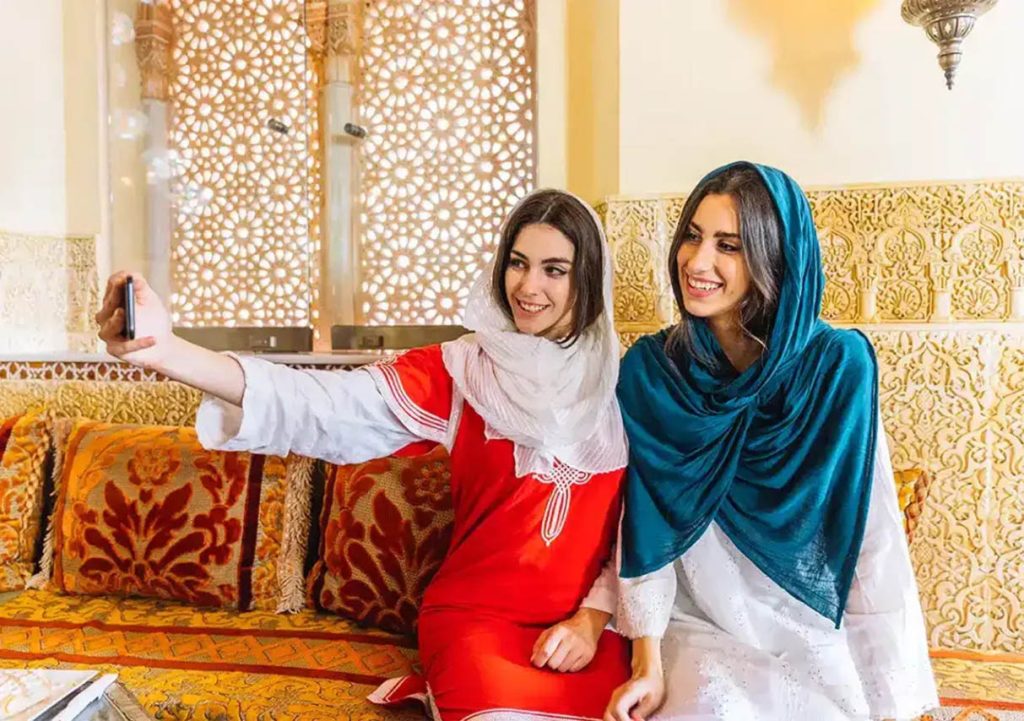
As a female traveler, dressing modestly is an important aspect of this respect. Consider clothing that covers your shoulders, cleavage, and knees. Think long, flowing dresses, tunics over leggings, or loose trousers with long-sleeved tops. Not only are these options respectful, but they are also practical. In a country known for its warm climate and strong sun, loose-fitting clothing can be your best ally. Light fabrics that cover the skin protect against sun exposure while allowing your body to stay cool in the heat. This approach to dressing serves a dual purpose: it upholds local customs and ensures your comfort as you explore the wonders Morocco has to offer.
Light and Breathable Fabrics: Adapting to Morocco’s Varied Climates
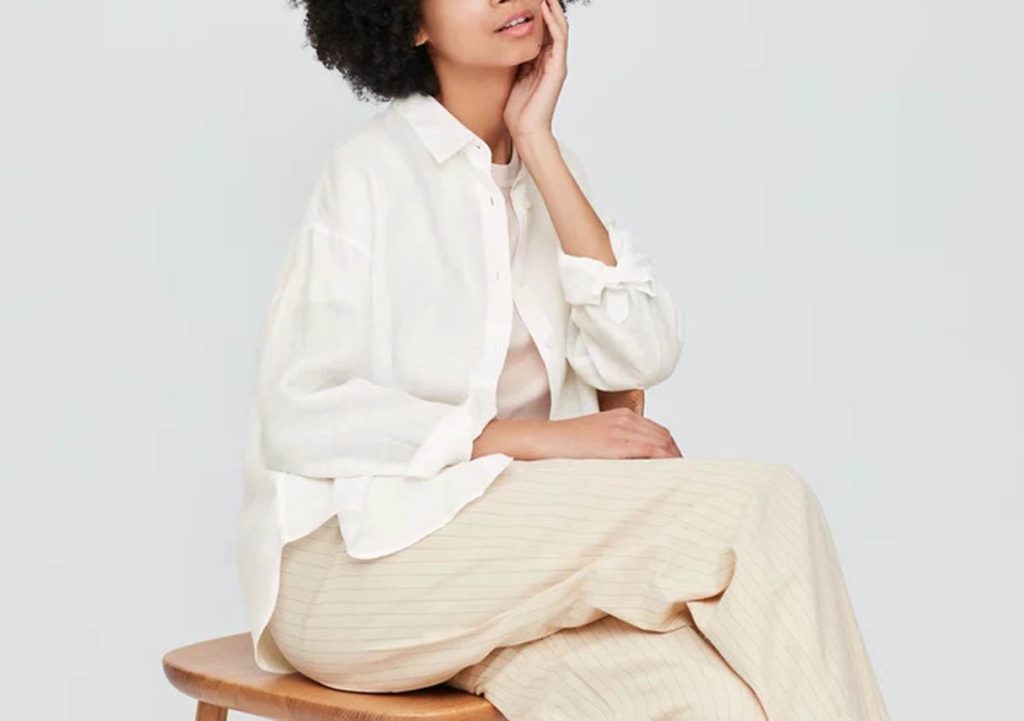
For the warmer parts of the country, like Marrakech or the Sahara Desert, breathable fabrics are your go-to. Natural materials such as cotton and linen are perfect, as they allow your skin to breathe, wick away sweat, and prevent overheating in the intense Moroccan heat. Opt for airy dresses, loose trousers, and light tunics in these fabrics for a blend of comfort and modesty. In contrast, the evenings can get surprisingly cool, particularly in the desert where nighttime temperatures can drop significantly. Coastal cities like Essaouira can also be breezy, and if you’re venturing into the Atlas Mountains or visiting during the cooler months, you might encounter chilly conditions. In these instances, a jacket, a warm sweater, or a pashmina shawl can be invaluable. When packing for Morocco, think versatility. A long-sleeved blouse can be worn on its own during the day and layered with a sweater or a lightweight jacket for the evening. Loose linen trousers paired with a cotton tunic could be perfect for a balmy Moroccan afternoon, and then teamed with a warm shawl for a nighttime desert excursion.
Loose Pants and Maxi Dresses: Style Meets Modesty
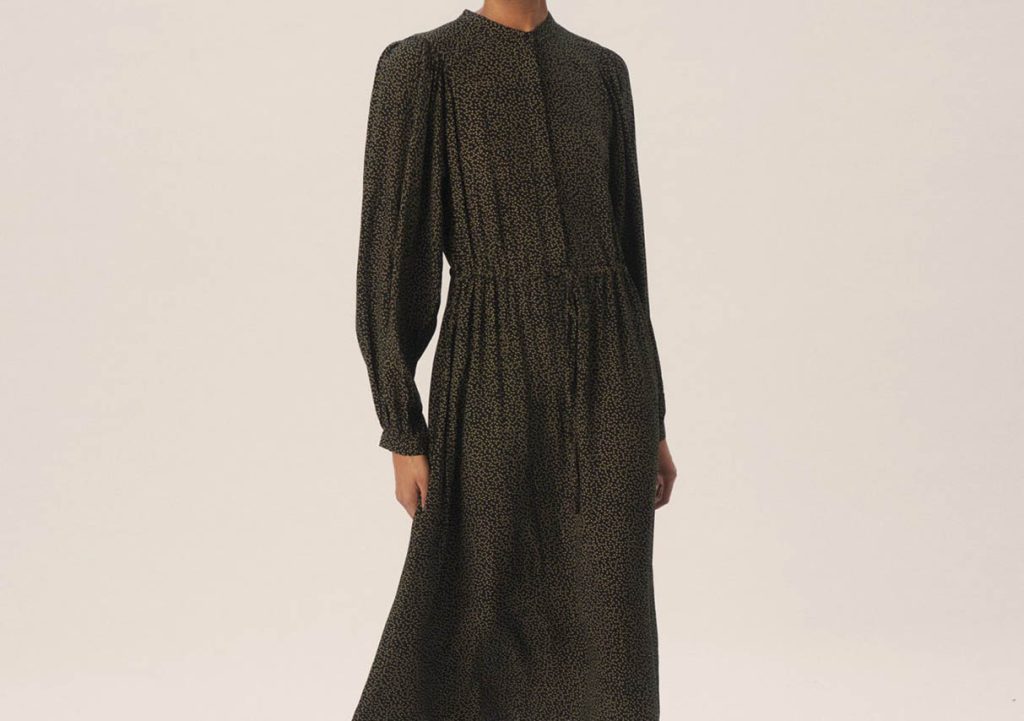
Morocco’s charm lies in its beautiful fusion of tradition and modernity, and your travel wardrobe can reflect this balance. Embracing local modesty norms does not mean compromising your personal style or comfort. Loose pants and maxi dresses are versatile staples that meet these requirements and can be both stylish and suitable for Moroccan culture. When it comes to pairing, light tunics or long-sleeved tops are your best friends. They provide the necessary coverage for respecting local customs and can be easily layered with loose pants or worn over a maxi dress for a chic, modest look.
Scarves are Your Best Friends: The Multi-Purpose Accessory
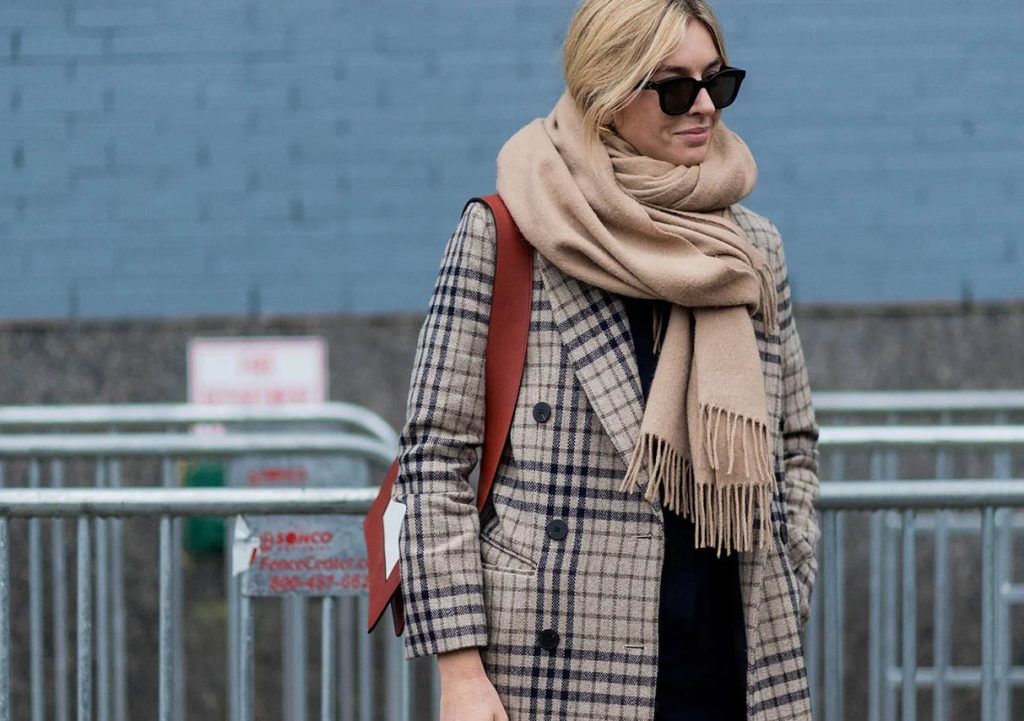
Every traveler has that one indispensable item that proves useful in countless scenarios – in Morocco, the scarf earns this title with flying colors. A staple accessory in Moroccan culture, scarves are not only an essential tool for modesty and protection, but they also add a splash of style to your outfits. First and foremost, scarves are perfect for adding an extra layer of modesty when required. You might be exploring urban areas where locals dress conservatively, or you may be visiting religious sites where covering your head is a sign of respect. In these instances, a scarf can be quickly draped around your shoulders or used as a head covering. The functionality of scarves extends to the varying Moroccan landscapes. Planning a desert tour or camel trek? Scarves are invaluable for protecting your face and neck from harsh desert winds and the relentless sun. Similarly, in the breezy coastal towns, a scarf can provide warmth against the cool sea breeze. Beyond their practicality, scarves can also be a fashionable addition to your Moroccan wardrobe. They come in an array of colors, patterns, and materials, allowing you to choose one that suits your style and complements your outfits. They can be a great way to add a touch of Moroccan flair to your look, especially if you pick up a local “shesh” (turban scarf) or a beautifully patterned silk scarf from the souks.
Footwear: A Step towards Comfort and Protection
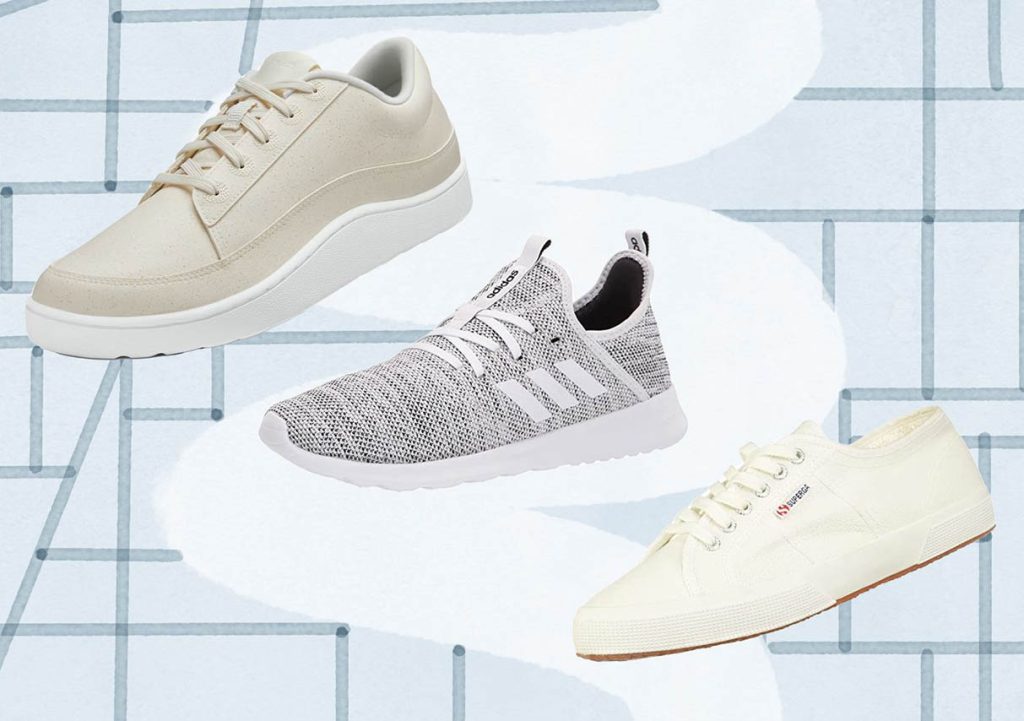
When considering footwear for your Moroccan adventure, comfort and practicality should be your guiding factors. Morocco’s diverse terrain – from the cobblestone lanes of ancient medinas to the expansive, sandy stretches of the Sahara – necessitates smart footwear choices.
- Comfortable Walking Shoes: Meandering through the narrow, labyrinthine alleys of Moroccan medinas, or exploring historical sites such as the ruins of Volubilis, involves a fair bit of walking. Therefore, a pair of comfortable walking shoes or supportive sandals is a must. Opt for ones with a sturdy sole and good grip to handle the often uneven surfaces, and consider breathable materials to keep your feet cool in the heat. Remember, you’re likely to encounter a mix of terrains, from cobblestones to dirt paths, so sturdy footwear will make these adventures much more enjoyable.
- Desert Footwear: If you’re planning to visit the Sahara or any of Morocco’s desert areas, close-toed shoes become particularly important. They’ll protect your feet from the hot sand and any potentially sharp objects that may be hidden beneath the surface. A pair of lightweight hiking boots can be ideal for desert excursions, offering both protection and comfort.
Swimwear and Resort Wear: Balancing Fun and Modesty
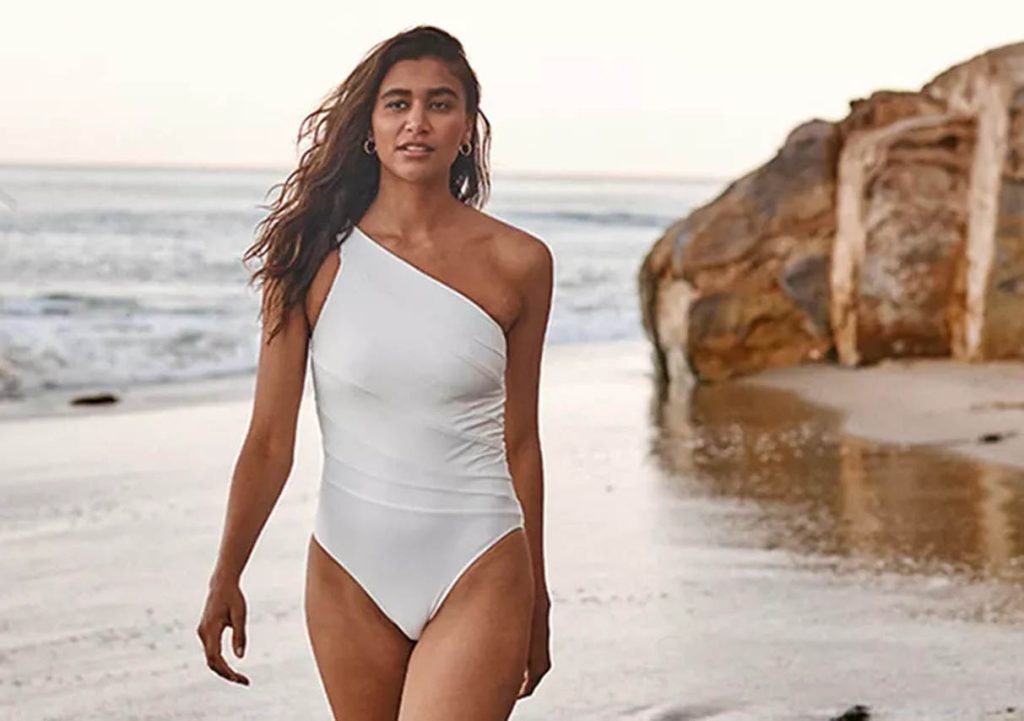
The Moroccan coastline, with its beautiful beaches and breezy climate, is a delightful retreat for any traveler. And if you’ve booked a stay at a riad or resort boasting a sparkling pool, the allure of a refreshing dip is hard to resist. However, while packing swimwear for these instances, it’s important to consider Morocco’s cultural context. In line with the country’s modest dress codes, it’s advisable to choose swimwear that offers more coverage. Instead of a bikini, opt for a one-piece swimsuit, a tankini, or even a swim dress. Remember, the key is to respect the local culture, and even while swimming, this rule applies. Once you’re out of the water, make sure to cover up. A stylish sarong, a kaftan, or a light maxi dress can serve as perfect pool- or beach-side attire. They not only align with the local modesty norms but also protect your skin from the sun. If you’re staying at a more western-oriented resort or a private villa, you may find the dress codes to be more relaxed. However, it’s still a good practice to cover up when you’re moving away from the pool or beach area.
Accessories: Your Essentials for Comfort and Convenience
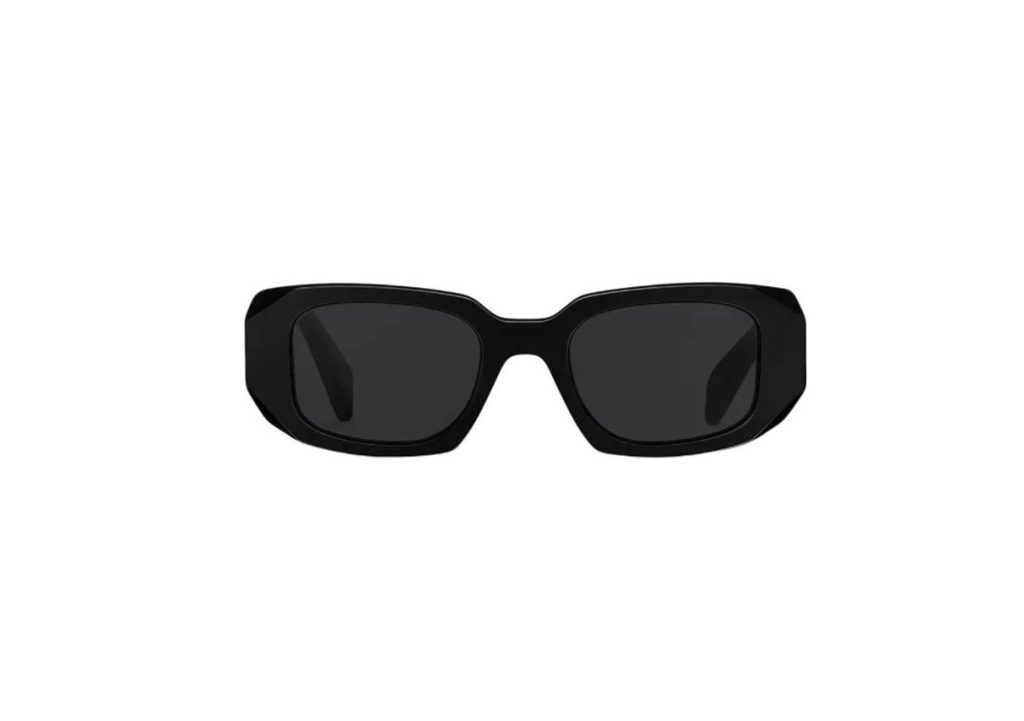
Accessorizing while traveling in Morocco is not just about style, it’s also about comfort, protection, and convenience. Here are a few must-have accessories for your Moroccan getaway:
- Hat: A hat is an essential accessory in Morocco due to the country’s strong sunshine, especially if you’re visiting during the warmer months or plan on spending time in the desert. A wide-brimmed hat or a lightweight, breathable cap can provide necessary shade and help prevent sunstroke. Not only does it serve a practical purpose, but a stylish hat can also complement your outfit and add a chic touch to your look.
- Sunglasses: Another must-have for protection against the intense Moroccan sun are sunglasses. Preferably, choose a pair with UV protection to shield your eyes. From navigating through the bustling medinas to relaxing on the sun-kissed beaches of Essaouira, a reliable pair of sunglasses will make your experience more comfortable.
- Sunscreen: It’s crucial not to underestimate the Moroccan sun, which can be quite intense, especially during the summer months. Regardless of the time of year, always apply a good quality, high-factor sunscreen to protect your skin. Consider a waterproof one if you plan to enjoy some swimming, and remember to reapply it throughout the day.
- Bag: Lastly, a practical bag is essential for carrying your daily necessities. A small backpack or a crossbody bag is ideal for keeping your belongings secure and your hands free during your explorations. Choose one that can accommodate your water bottle, map, camera, wallet, and other essentials. If you’re planning to shop in the local markets, a foldable tote can be a lightweight and environmentally-friendly option to carry your finds.
Layering is the Key: Adapting to Morocco’s Diverse Climates
One essential tip for packing for Morocco is mastering the art of layering. The country’s weather can be quite varied and can change dramatically throughout the day, with balmy afternoons and chilly evenings often being the norm. This is especially true if your itinerary takes you to the desert regions or the high altitudes of the Atlas Mountains. The strategy for layering is simple: start with lightweight pieces and add more substantial ones as necessary. Your base layer could be a breathable cotton t-shirt or a linen blouse, perfect for when the sun is at its peak. As the temperature starts to drop, you can add a sweater, a cardigan, or a light jacket. For the cooler nights, particularly in the desert or mountain areas, a heavier jacket or a pashmina shawl might be required. Layering doesn’t only apply to your upper body. While loose pants or maxi dresses are great for day-time exploration, you might consider packing leggings or tights to wear underneath for additional warmth during colder nights.
Navigating what to wear as a female traveler in Morocco might seem challenging, but with a little respect for the local customs and a few strategic choices, you can be both stylish and comfortable.
